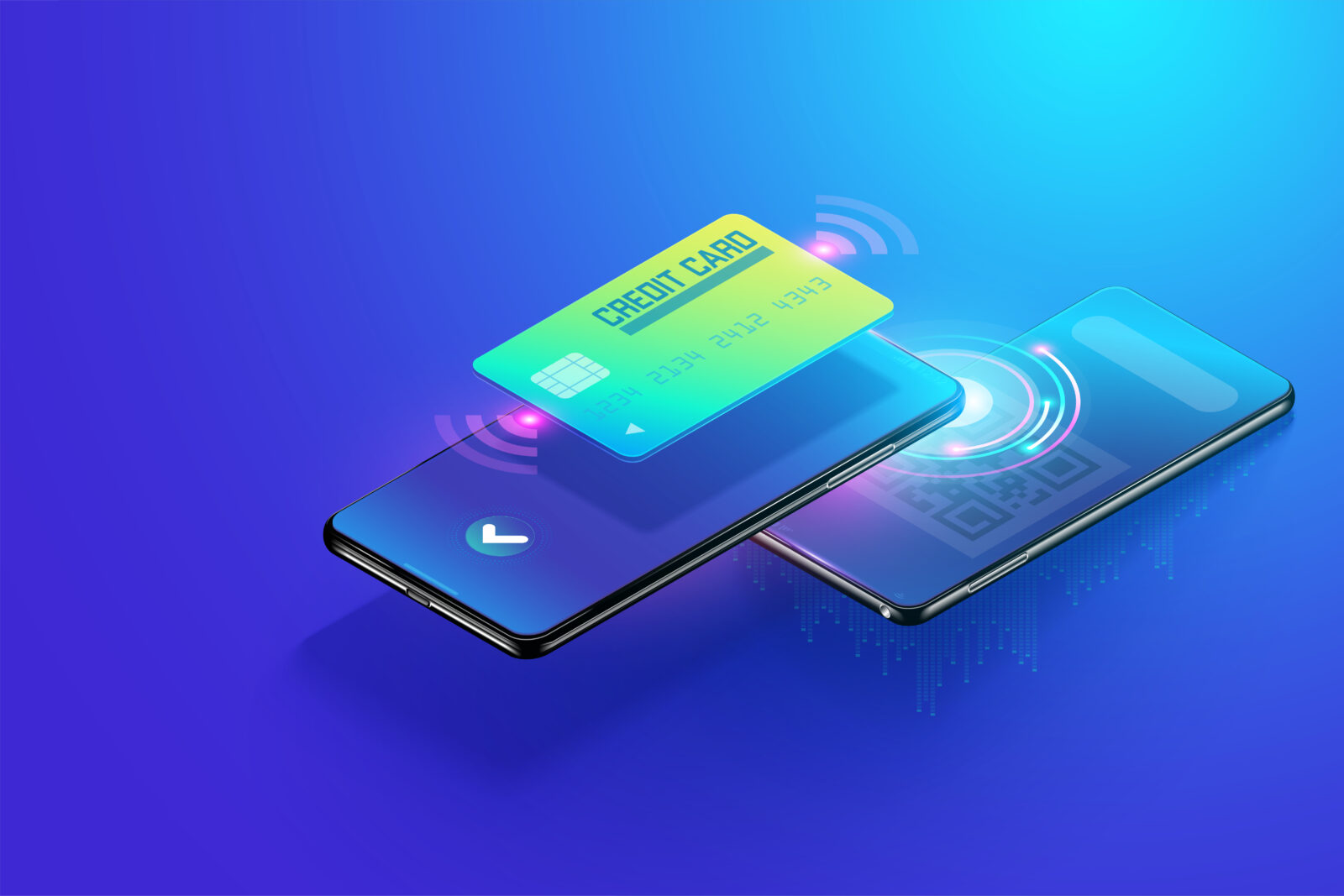
How many cool things are waiting for us in the near future. Today every inhabitant of Estonia uses a bank card. There are even more issued and active bank cards than the population of Estonia. For clarity, 1.8 million bank cards to 1.3 million of the total population of Estonia. The explanation for this proportion is very simple, almost half of the population has cards from several banks or, for example, a client has a debit and credit card in the same bank at the same time.
Everyone is used to paying with a plastic card. Even my grandmother is already actively using it everywhere. It has also been a new normal for quite a long time to pay everywhere by phone: Apple Pay or a bank application on Android OS. But I will tell you that these are only the first steps towards what awaits us.
No plastic cards needed
The first, quite obvious fact is the rejection of plastic. Indeed, today it is no longer needed. I only use it at ATM to withdraw cash. But even then, the banks are simply lazy, they cannot slightly correct the configuration in ATMs. In which, by the way, the technical functionality is already available in order to perform a cash withdrawal operation wirelessly. And so by and large I do not need plastic. I make payments on the Internet using the number and CVV code. In the store I make using contactless Apple Pay.
But let's go further. Soon you won't need to enter anything at all. What do I have to enter? For example today if you want to buy something on alliexpress or on amazon. To do this, you need to enter: your data, where to bill, where to send the parcel and then enter the card details. Also, sometimes perform Secure Code authorization. It's long and inconvenient. Soon the whole process will look like this for you: you click buy, you see a list of cards with which you can pay and your data. Choose a card and you will receive an auto-rotation request to your mobile phone. After verifying Face ID or Touch ID, the payment is made. Just 3 clicks and no input.
Architecture of digital payments
In general, the whole architecture of Apple, Google, Garmin, Fitbit Pay is aimed at much bigger changes. It won't be long before you can set up your 2-click fridge to automatically order milk for you when it runs out. Or, for example, you will drive a car to a gas station and, having filled the gas tank, you can go further, paying automatically. How will it work? You already have your main "plastic" card today. With it, you generate a digital copy for Apple Pay or the SEB and Swedbank banking application. Such digital copies can also be made on watches - Apple watch or Garmin. The industry is only a few months away from having these digital copies in your fridge, car, Home Pod, or Alice's voice station. You can ask Alice by voice to add your SEB-Swed card for her and order flowers for mom with delivery.
How will digital cards and payments work?
At the same time, in your banking application, you will see all the digital cards that have been generated for each of the devices. You will no longer need to change your main card at the bank, you can turn off the digital copy from Alice or the Samsung refrigerator and these devices will no longer be able to make a single purchase. You can see how it will look like in the photo of the Revolut application below. They have already stepped into this era first and provided this functionality for subscriptions. That is, today they generate digital copies of maps for Netflix, Spotify, iTunes, which you can parameterize yourself and set how much and how Netflix can charge you. And if you are completely tired of Netflix today, you can deactivate the subscription / digital copy of the card in the bank application.

In the future, we will use one banking application
Very soon you will open one application and see all your accounts on one screen. Be it Swedbank, SEB, LHV or even a German bank account, for example. At the same time, you can not only view the statement or find out the balance, but also make a payment and receive money within the same application and using different accounts of the same bank.
I didn't come up with this myself. Already today, all Estonian banks are actively developing according to the initiative of the European regulation Open Banking. (More about Open Banking here). Its meaning is to make banks and their data open, which is why the initiative bears the name “Open Banking”. All European banks under this regulation must allow third-party developers to integrate banking services with financial and non-financial applications and services through (API).
Already today you can view the balance and statement of two banks at the same time in SEB or Swedbank internet bank.
What does this mean for all of us? Very soon there will be financial applications (not banks) that will aggregate data from different banks. And show it in a beautiful and convenient application. At the same time, you will no longer need any other Swedbank or SEB banking applications. I am afraid that it is these fintech organizations that will benefit in the long run. Since they will offer a service more convenient than banks.
Why would banks let this happen? The fact is that banks were already overloaded with regulations and were in a hurry to have time to open access to their APIs to provide data. And guided by the capitalist principle, they did not hire enough people to fully develop all the necessary interface. Therefore, banks will lose in execution speed and soon one of the cool fintech enterprises will skim all the cream off this cool regulation.
Data privacy
You can ask a question. How can a third party request my data? Well, all these organizations get certified by the regulator and get the opportunity to request data. The truth is only with your approval.
However, you can withdraw your consent at any time. And in addition, the organization must get your approval again every 2-3 months.
Open Banking will make it much easier to apply for loans and leases. When applying for a home loan or car lease, you no longer have to fill out an application on the website or in the Internet bank of each bank. In the Open Banking system, you will be able to request an offer from each service provider at the same time. And you don't have to send your data to each of them yourself. The lender will be able to examine all your accounts at once. One way or another, in the future of banking, we are waiting for a lot of interesting things.
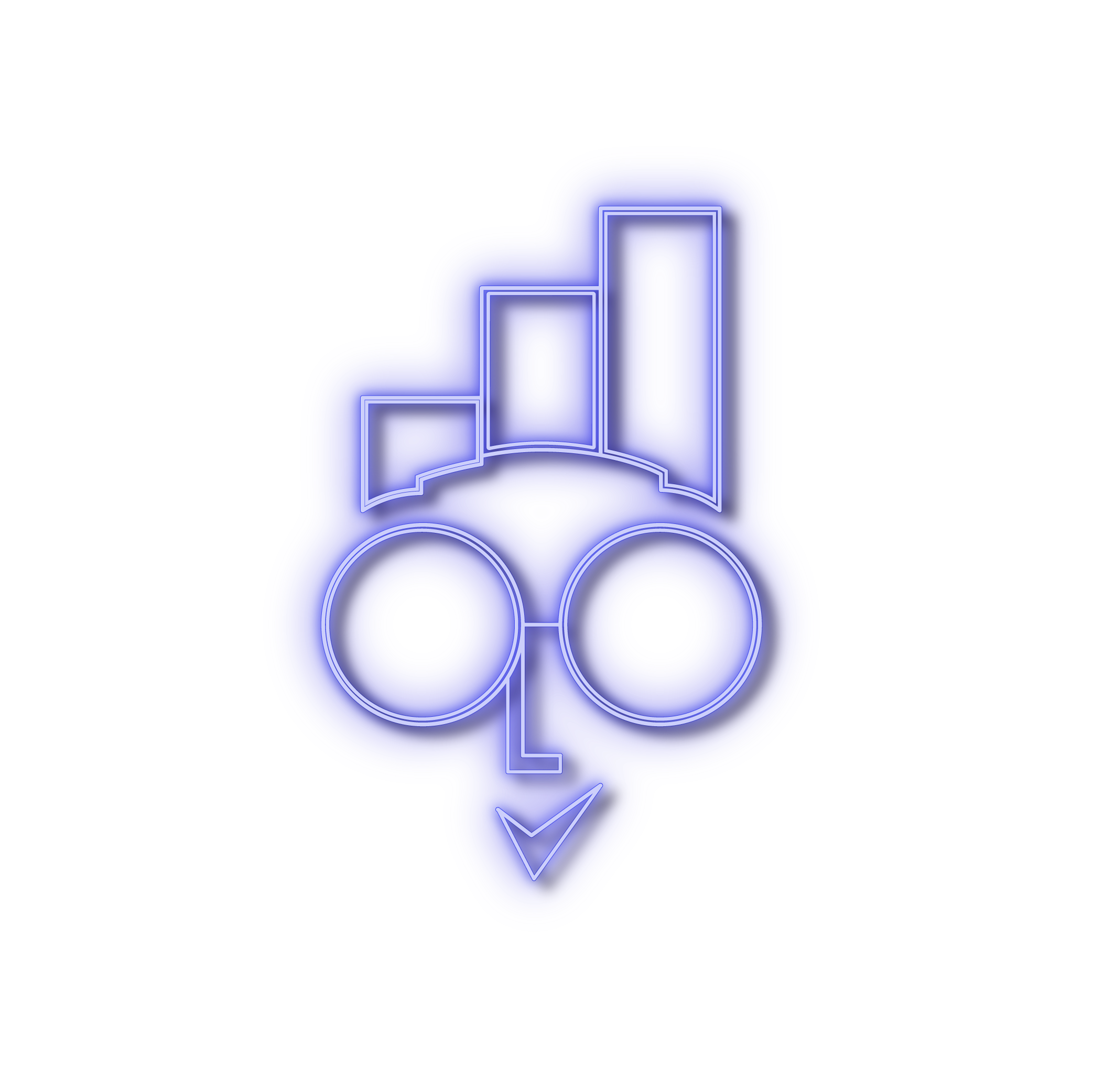
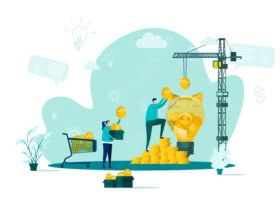

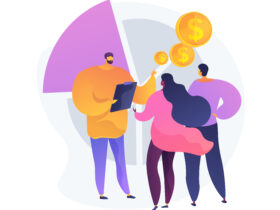

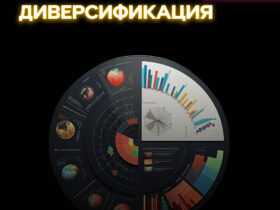
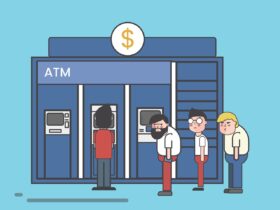
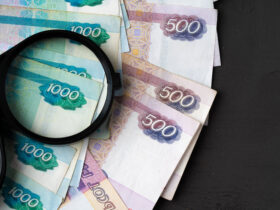
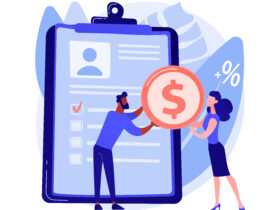
leave a comment